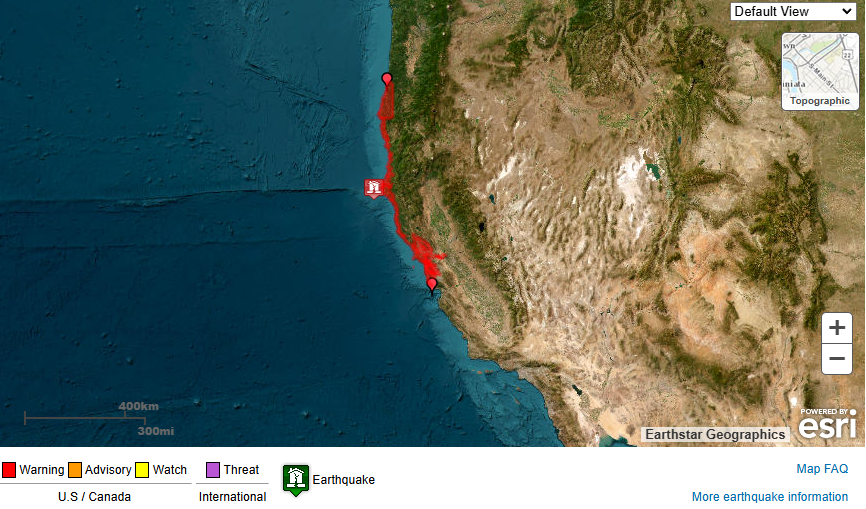Fast food has become rapidly unaffordable in the wake of inflation. The internet was lit aflame when McDonald’s Big Mac meal was revealed to be $18 and the $1 menu became a thing of myth. Now, Wendy’s is starting to make headlines for their “dynamic pricing”, a concept in which the fast food giant would raise or lower menu item prices based on demand.
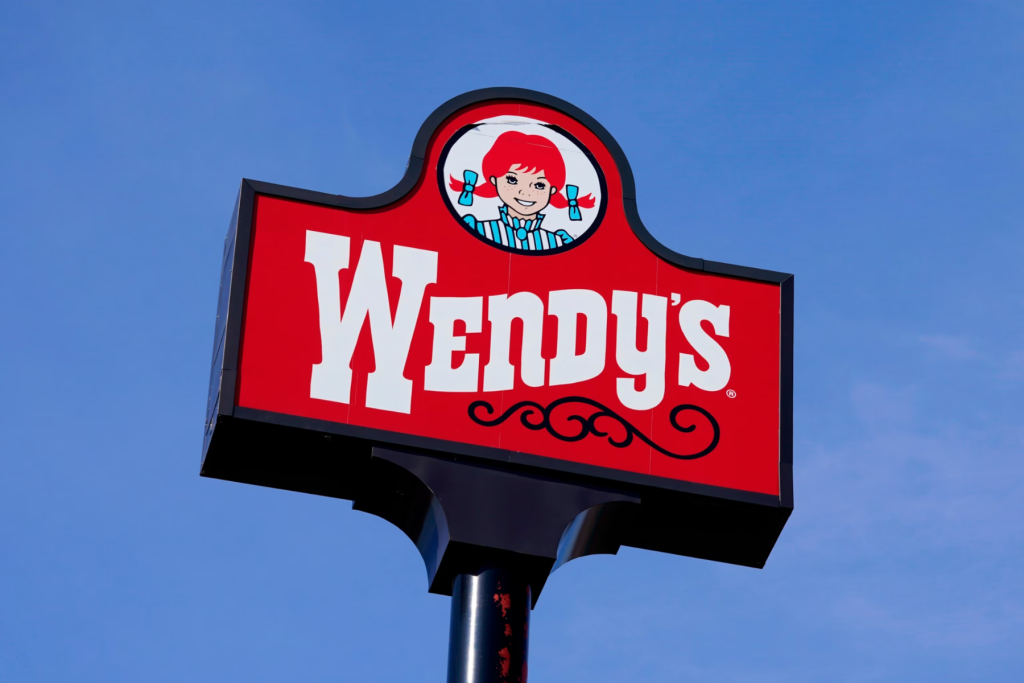
Wendy’s floated the idea of dynamic pricing last year. This tactic would essentially change the prices of meals during on and off-peak times of the day. Essentially, your burger may wind up costing $8 in the morning and $20 at night. But the concept of reducing and increasing menu prices based on demand did not sit well with consumers.
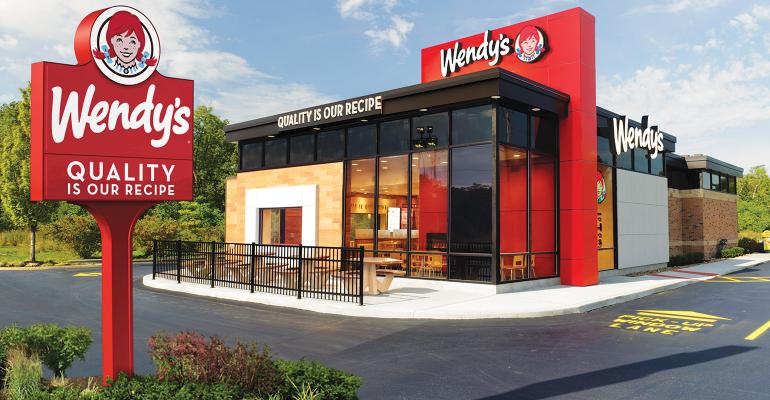
Consumers rushed to the internet to express their distaste for this new pricing concept. It appeared Wendy’s would be giving itself free range to up-charge customers whenever they would like. Wendy’s quickly clarified what the dynamic pricing would mean and how it would be better for customers.
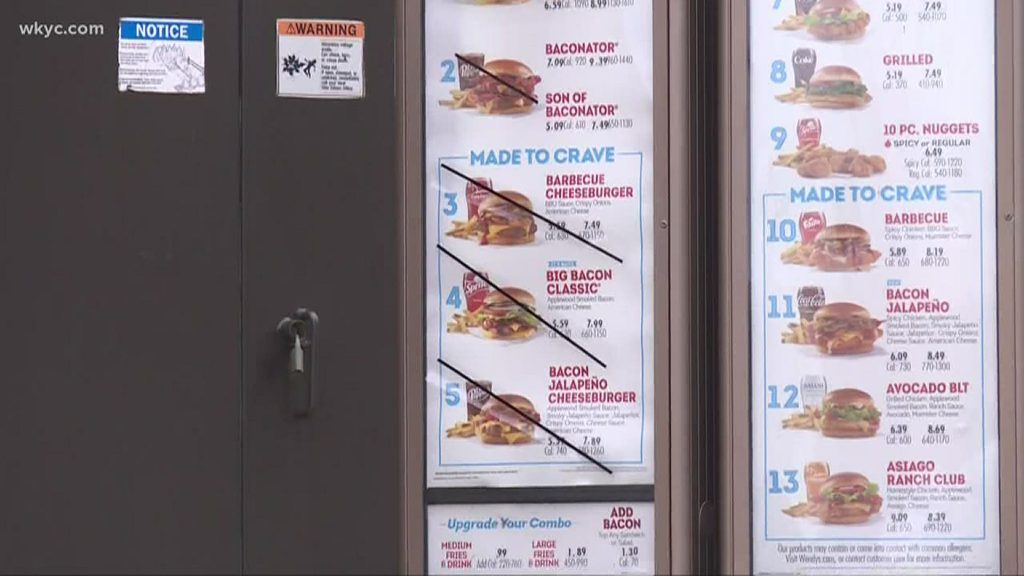
Wendy’s explained that they would not be using surge pricing, but rather would be using data to offer customers better deals at the slower times of the day. Naturally, customers are still wary.
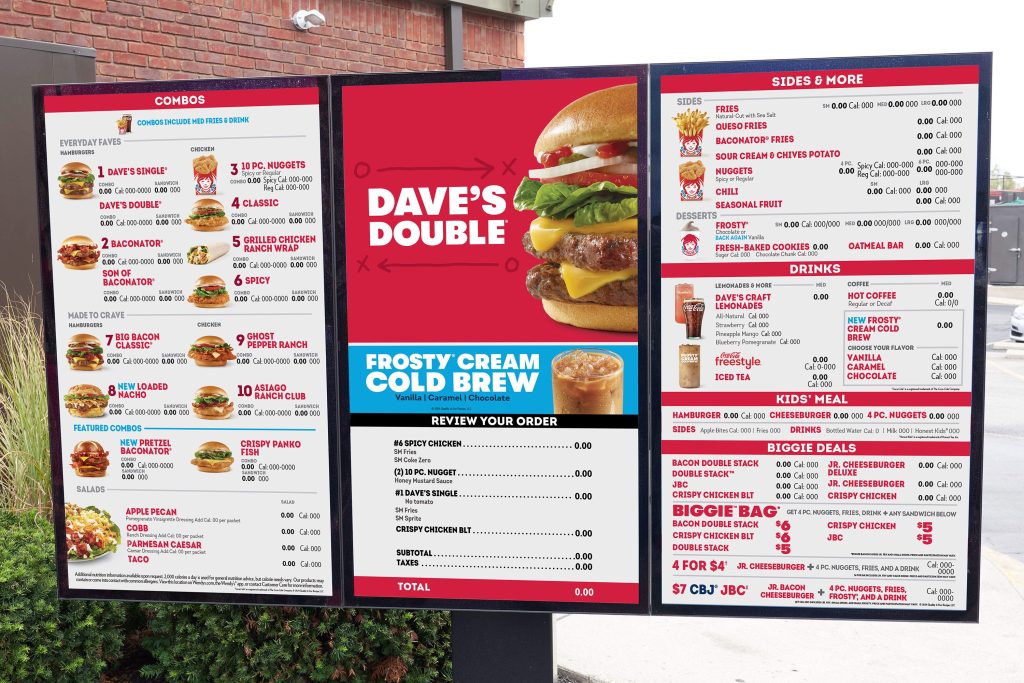
Dynamic pricing is no new idea. Ride share brands such as Uber and Lyft have been using this method almost since the inception of the apps. Prices will vary based on how many drivers are around (supply) and how many people are requesting rides in the area (demand).
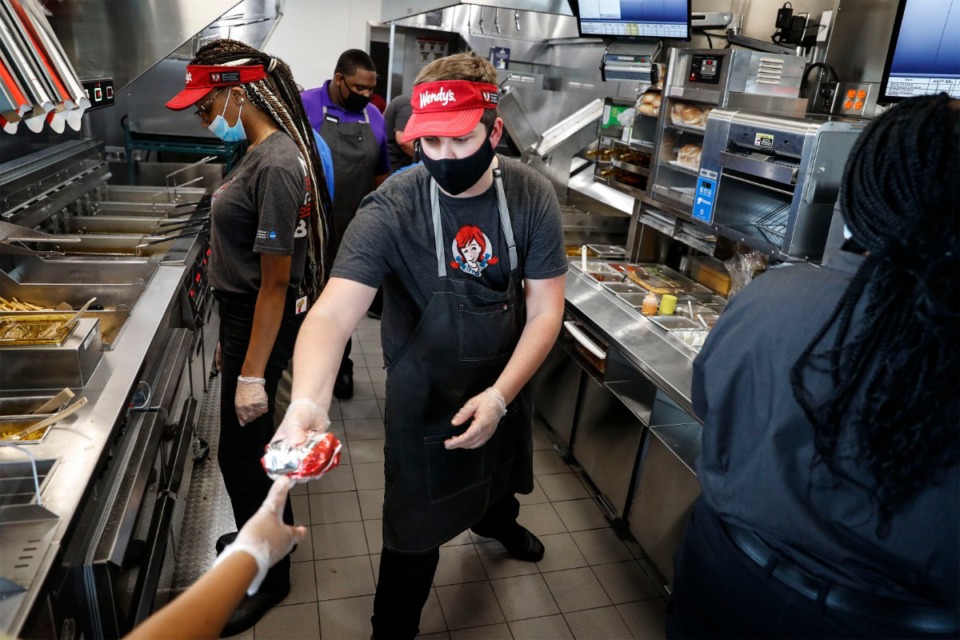
E-commerce giants such as Amazon have employed the same kinds of tactics. They collect data on what days of the week and even times of day there are more traffic on-site and they price things based on this data. But there’s a big difference between Uber or Amazon raising or lowering prices based on demand and Wendy’s up-charging for burgers and fries during the busiest times of the day.

Dynamic pricing at fast food joints puts the customer at the disadvantage and it certainly does not benefit the workers making the food. The employees rarely (if ever) see profit from these changes. Rather, any improvement in revenue goes straight into the pockets of the corporate higher-ups.
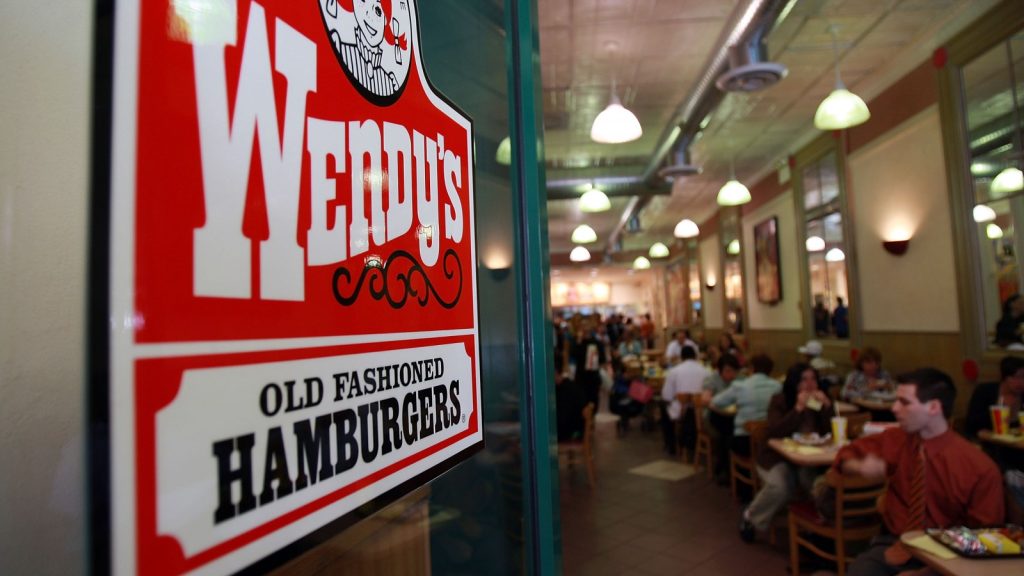
The outrage from consumers comes with the fact that they will be left in the dark. How are they to know that when they roll up to the drive-thru their burger will be $5 or $10? Dynamic pricing is historically rooted in the practice of withholding information from the public, which is the main reason there has been such an outcry towards Wendy’s plan.
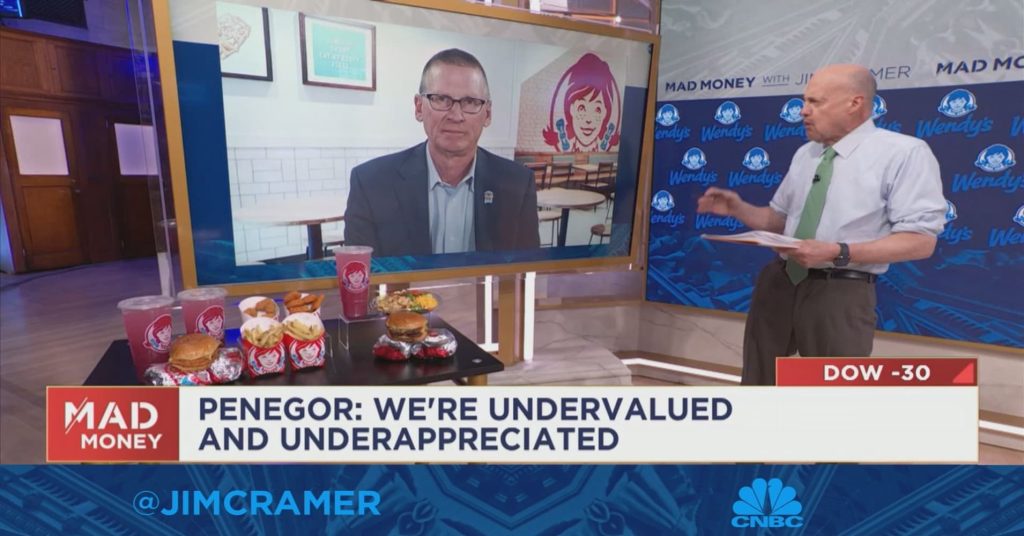
Johnathan Maze, the editor-in-chief of trade publication Restaurant Business explained that Wendy’s decision could pose potential risks to the business. He explained that while other fast food giants may eventually follow suit, “it can hurt to be the first to initiate” because “people have options— they can go to McDonald’s”.
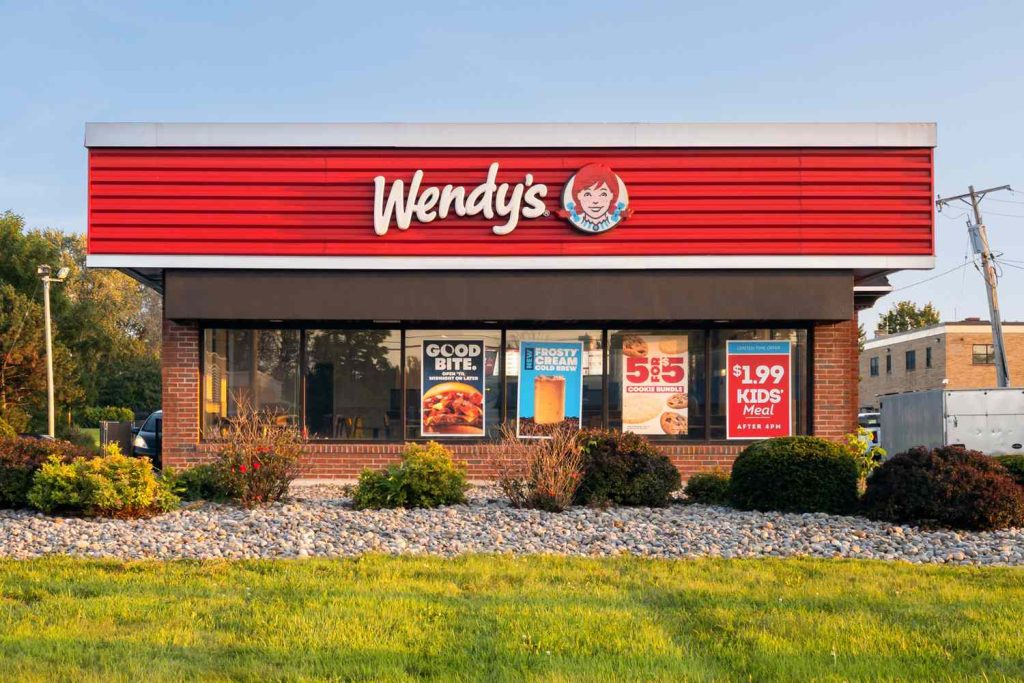
Wendy’s dynamic pricing is not set to be in effect until 2025, but Maze would not be surprise to see other fast food giants do the same, and it will have a huge impact on the industry as a whole.




